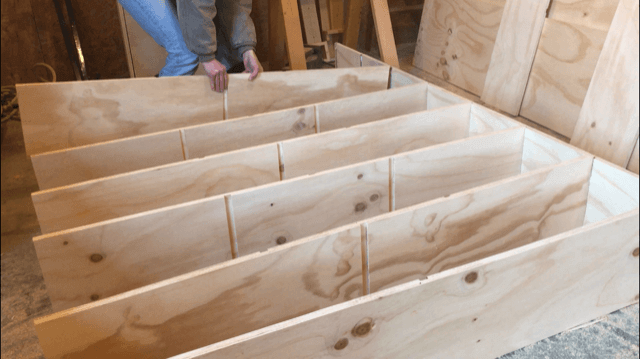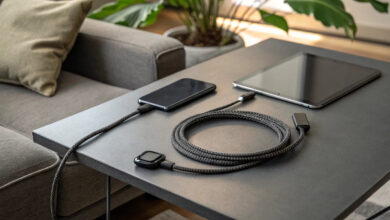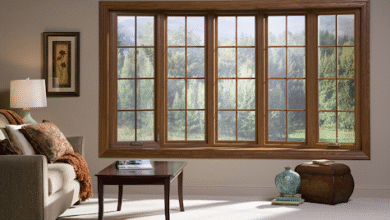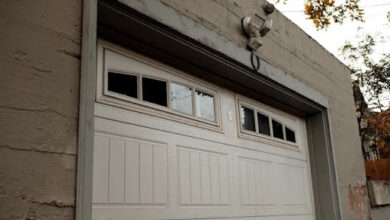Metal vs. Wood: Choosing the Right Shelves for Your Needs

When it comes to organizing your home, office, or workspace, shelving plays a bigger role than you might think. The right shelves don’t just provide storage—they enhance functionality, complement design, and set the tone for a space. Among the most common choices, metal shelves and wood shelves stand out, each with unique strengths and limitations. The question is: which one is right for your needs?
Let’s break down the differences between metal and wood shelving so you can make the best choice for your space.
Durability and Strength
One of the most important factors when selecting shelves is durability.
Metal Shelves
Metal shelving stands out for its remarkable strength and capacity to support heavy loads. From bulky tools in the garage to office files or warehouse stock, these shelves are designed to bear substantial weight without bending or warping. Thanks to precision manufacturing techniques like laser cutting services, metal shelves can be crafted with exact specifications, ensuring durability and a sleek finish. In addition, they are resistant to pests such as termites and less vulnerable to water damage, making them a reliable choice for industrial settings or humid environments.
Wood Shelves
Wooden shelves, on the other hand, bring natural sturdiness and timeless charm. While solid hardwood can be very strong, it’s generally not designed to bear the same extreme weight as heavy-duty metal shelving. However, for everyday household storage—like books, décor, or kitchen essentials—wooden shelves can handle the job beautifully.
Winner: For heavy-duty storage, metal shelves take the crown. For lighter, decorative uses, wood works well.
Style and Aesthetics
The appearance of your shelves matters just as much as their function, especially in living areas.
Metal Shelves
Metal shelving often gives off an industrial, modern vibe. They’re sleek, minimalist, and pair well with contemporary or loft-style spaces. Open metal shelving can also be used creatively in kitchens or living rooms for a trendy, urban look. However, they may feel too cold or utilitarian in cozy, traditional interiors.
Wood Shelves
Wood naturally brings warmth, character, and versatility. From rustic farmhouse to polished modern finishes, wood shelves complement nearly every style of interior design. They can be painted, stained, or left natural to suit the surrounding décor. This adaptability makes wood the go-to option for spaces where aesthetics are a priority.
Winner: For style flexibility and warmth, wood shelves are the clear choice.
Maintenance and Longevity
A good shelf should last for years with minimal upkeep.
Metal Shelves
Metal is generally low maintenance. It doesn’t crack or warp over time, and a quick wipe-down is usually enough to keep it looking clean. That said, metal can be prone to scratches, and in some cases, rust if not treated properly—especially in damp environments. Powder-coated or stainless steel options tend to last the longest.
Wood Shelves
Wood requires more care. Moisture, pests, and temperature changes can affect its durability. Regular dusting, occasional polishing, and proper placement away from dampness are essential. However, well-maintained wood shelves can last decades and often become more attractive as they age.
Winner: Metal shelves for low-maintenance durability, wood shelves if you’re willing to put in the care.
Cost and Value
Budget often plays a role in decision-making.
Metal Shelves
Metal shelving units are typically more affordable when it comes to heavy-duty options. They offer great value in terms of strength and longevity. However, custom-designed or decorative metal shelving can be more expensive than standard wood shelving.
Wood Shelves
The cost of wood shelves varies widely depending on the type of wood. Particleboard and plywood options are budget-friendly, while solid hardwood can be costly. Still, many people see wood as a long-term investment because of its aesthetic appeal and timeless quality.
Winner: It depends. For utility, metal is more cost-effective. For décor, wood may be worth the higher price.
Where Each Works Best
To make the decision easier, here are some suggestions on where each type of shelving shines:
- Metal Shelves Are Ideal For:
- Garages and workshops
- Offices and archives
- Warehouses and retail storage
- Modern, minimalist kitchens or loft spaces
- Wood Shelves Are Ideal For:
- Living rooms and bedrooms
- Libraries and studies
- Farmhouse, rustic, or traditional interiors
- Decorative displays in kitchens and dining rooms
Final Thoughts
The choice between metal shelves and wood shelves comes down to your priorities. If you need strength, durability, and minimal upkeep, metal shelving is the practical winner. But if you’re after warmth, character, and design versatility, wood shelving is the timeless choice.
In some cases, you don’t even need to choose—hybrid options that combine metal frames with wooden shelves give you the best of both worlds: durability with style.
So, whether you’re revamping a cozy living room, organizing a garage, or setting up a modern office, think about what matters most—strength, style, or a balance of both—and you’ll find shelves that serve you well for years to come.



